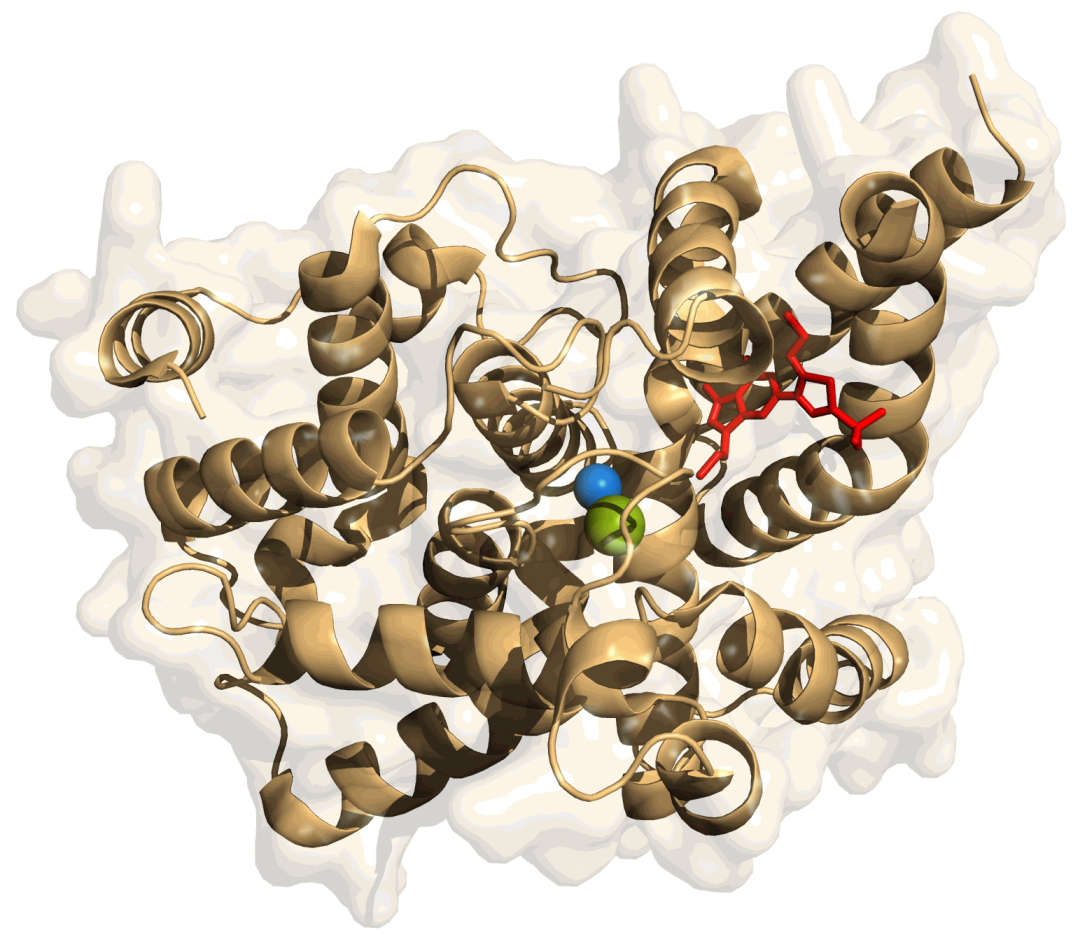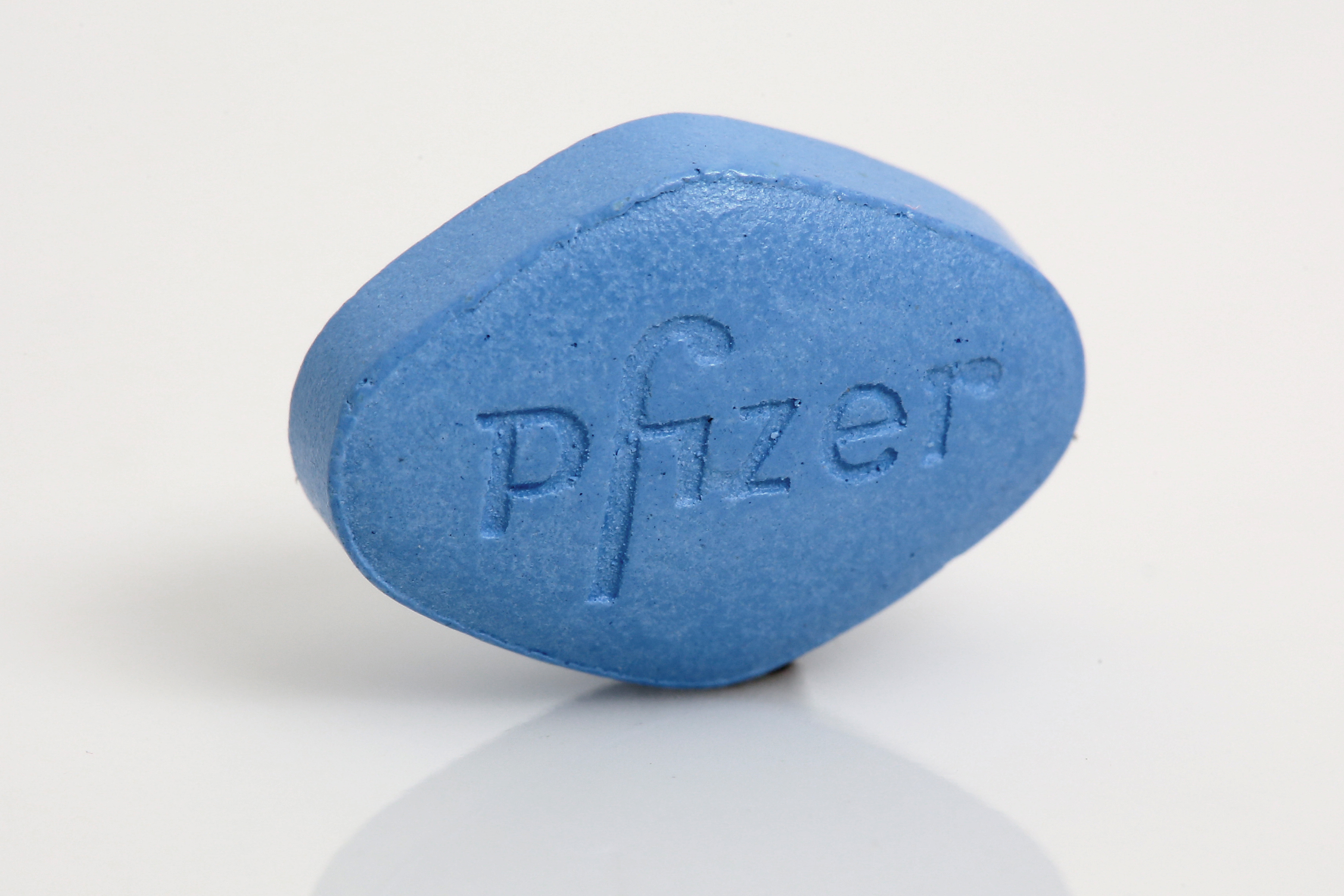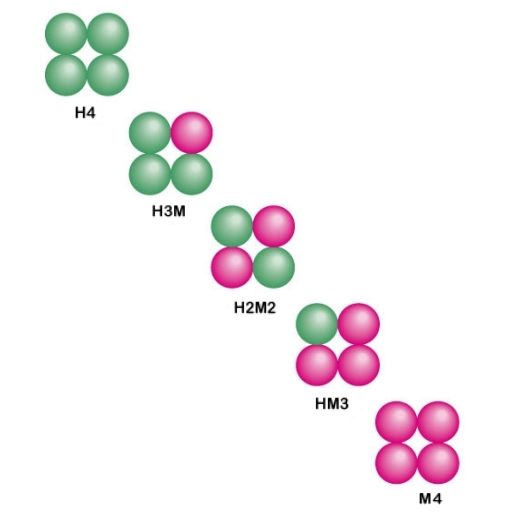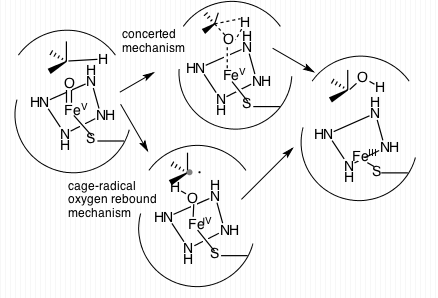|
Homosildenafil
Homosildenafil (also known as methyl-sildenafil) is a synthetic drug which acts as a phosphodiesterase inhibitor. It is an analog of sildenafil and vardenafil. Homosildenafil was first identified as an adulterant in sex enhancement products in 2003 and was more recently detected in dietary supplements. Homosildenafil has 35% the PDE5 inhibition activity of sildenafil itself with similar selectivity. Sildenafil is mainly metabolized by the microsomal isozymes CYP3A4 with secondary metabolism by CYP2C9. The major active metabolite is ''N''-desmethylsildenafil. The plasma level of the equivalent homosildenafil metabolite reaches 40% of sildenafil's bioavailability. The ''N''-desmethyl metabolite is further metabolized, with a half-life of 4 hours. See also * Aildenafil * Nitrosoprodenafil * Sulfoaildenafil Sulfoaildenafil (thioaildenafil) is a synthetic drug that is a structural analog of sildenafil (Viagra). It was first reported in 2005, and it is not approved by any h ... [...More Info...] [...Related Items...] OR: [Wikipedia] [Google] [Baidu] |
PDE5 Inhibitors
A phosphodiesterase type 5 inhibitor (PDE5 inhibitor) is a vasodilating drug that works by blocking the degradative action of cGMP-specific phosphodiesterase type 5 (PDE5) on cyclic GMP in the smooth muscle cells lining the blood vessels supplying various tissues. These drugs dilate the corpora cavernosa of the penis, facilitating erection with sexual stimulation, and are used in the treatment of erectile dysfunction (ED). Sildenafil was the first effective oral treatment available for ED. Because PDE5 is also present in the smooth muscle of the walls of the arterioles within the lungs, two PDE5 inhibitors, sildenafil and tadalafil, are FDA-approved for the treatment of pulmonary hypertension. As of 2019, the wider cardiovascular benefits of PDE5 inhibitors are being appreciated. Medical uses Phosphodiesterase-5 (PDE5) inhibitors such as sildenafil (Viagra), tadalafil (Cialis), and vardenafil (Levitra) are clinically indicated for the treatment of erectile dysfunction. Si ... [...More Info...] [...Related Items...] OR: [Wikipedia] [Google] [Baidu] |
Drug
A drug is any chemical substance that causes a change in an organism's physiology or psychology when consumed. Drugs are typically distinguished from food and substances that provide nutritional support. Consumption of drugs can be via inhalation, injection, smoking, ingestion, absorption via a patch on the skin, suppository, or dissolution under the tongue. In pharmacology, a drug is a chemical substance, typically of known structure, which, when administered to a living organism, produces a biological effect. A pharmaceutical drug, also called a medication or medicine, is a chemical substance used to treat, cure, prevent, or diagnose a disease or to promote well-being. Traditionally drugs were obtained through extraction from medicinal plants, but more recently also by organic synthesis. Pharmaceutical drugs may be used for a limited duration, or on a regular basis for chronic disorders. Pharmaceutical drugs are often classified into drug classes—groups of r ... [...More Info...] [...Related Items...] OR: [Wikipedia] [Google] [Baidu] |
Phosphodiesterase Inhibitor
A phosphodiesterase inhibitor is a drug that blocks one or more of the five subtypes of the enzyme phosphodiesterase (PDE), thereby preventing the inactivation of the intracellular second messengers, cyclic adenosine monophosphate (cAMP) and cyclic guanosine monophosphate (cGMP) by the respective PDE subtype(s). The ubiquitous presence of this enzyme means that non-specific inhibitors have a wide range of actions, the actions in the heart, and lungs being some of the first to find a therapeutic use. History The different forms or subtypes of phosphodiesterase were initially isolated from rat brains in the early 1970s and were soon afterward shown to be selectively inhibited in the brain and in other tissues by a variety of drugs. The potential for selective phosphodiesterase inhibitors as therapeutic agents was predicted as early as 1977 by Weiss and Hait. This prediction meanwhile has proved to be true in a variety of fields. Classification Nonselective PDE inhibitors Methyla ... [...More Info...] [...Related Items...] OR: [Wikipedia] [Google] [Baidu] |
Structural Analog
A structural analog (analogue in modern traditional English; Commonwealth English), also known as a chemical analog or simply an analog, is a compound having a structure similar to that of another compound, but differing from it in respect to a certain component. It can differ in one or more atoms, functional groups, or substructures, which are replaced with other atoms, groups, or substructures. A structural analog can be imagined to be formed, at least theoretically, from the other compound. Structural analogs are often isoelectronic. Despite a high chemical similarity, structural analogs are not necessarily functional analogs and can have very different physical, chemical, biochemical, or pharmacological properties. In drug discovery, either a large series of structural analogs of an initial lead compound are created and tested as part of a structure–activity relationship study or a database is screened for structural analogs of a lead compound. Chemical analogues of ... [...More Info...] [...Related Items...] OR: [Wikipedia] [Google] [Baidu] |
Sildenafil
Sildenafil, sold under the brand name Viagra, among others, is a medication used to treat erectile dysfunction and pulmonary arterial hypertension. It is unclear if it is effective for treating sexual dysfunction in women. It is taken by mouth or by injection into a vein. Onset is typically within twenty minutes and lasts for about two hours. Common side effects include headaches, heartburn, and flushed skin. Caution is advised in those with cardiovascular disease. Rare but serious side effects include a prolonged erection (priapism) that can lead to damage to the penis, vision problems, and hearing loss. Sildenafil should not be taken by people on nitrates such as nitroglycerin (glycerin trinitrate), as this may result in a serious drop in blood pressure. Sildenafil should not be taken within four hours of taking an alpha blocker. Sildenafil acts by blocking phosphodiesterase 5 (PDE5), an enzyme that promotes breakdown of cGMP, which regulates blood flow in the penis. ... [...More Info...] [...Related Items...] OR: [Wikipedia] [Google] [Baidu] |
Vardenafil
Vardenafil is a PDE5 inhibitor used for treating erectile dysfunction that is sold under the brand name Levitra among others. Medical use Vardenafil's indications and contraindications are the same as with other PDE5 inhibitors; it is closely related in function to sildenafil citrate (Viagra) and tadalafil (Cialis). The difference between the vardenafil molecule and sildenafil citrate is a nitrogen atom's position and the change of sildenafil's piperazine ring methyl group to an ethyl group. Tadalafil is structurally different from both sildenafil and vardenafil. Vardenafil's relatively short effective time is comparable to but somewhat longer than sildenafil's. Vardenafil also does not have an effect on PDE6, which means that it does not have vision adverse effects. Beyond its indications for erectile dysfunction, vardenafil may be effective in the treatment of premature ejaculation, where it may significantly increase the time from penetration to ejaculation. Adverse re ... [...More Info...] [...Related Items...] OR: [Wikipedia] [Google] [Baidu] |
Isozyme
In biochemistry, isozymes (also known as isoenzymes or more generally as multiple forms of enzymes) are enzymes that differ in amino acid sequence but catalyze the same chemical reaction. Isozymes usually have different kinetic parameters (e.g. different ''K''M values), or are regulated differently. They permit the fine-tuning of metabolism to meet the particular needs of a given tissue or developmental stage. In many cases, isozymes are encoded by homologous genes that have diverged over time. Strictly speaking, enzymes with different amino acid sequences that catalyse the same reaction are isozymes if encoded by different genes, or allozymes if encoded by different alleles of the same gene; the two terms are often used interchangeably. Introduction Isozymes were first described by R. L. Hunter and Clement Markert (1957) who defined them as ''different variants of the same enzyme having identical functions and present in the same individual''. This definition encompasses (1 ... [...More Info...] [...Related Items...] OR: [Wikipedia] [Google] [Baidu] |
CYP3A4
Cytochrome P450 3A4 (abbreviated CYP3A4) () is an important enzyme in the body, mainly found in the liver and in the intestine. It oxidizes small foreign organic molecules ( xenobiotics), such as toxins or drugs, so that they can be removed from the body. It is highly homologous to CYP3A5, another important CYP3A enzyme. While many drugs are deactivated by CYP3A4, there are also some drugs which are ''activated'' by the enzyme. Some substances, such as some drugs and furanocoumarins present in grapefruit juice, interfere with the action of CYP3A4. These substances will therefore either amplify or weaken the action of those drugs that are modified by CYP3A4. CYP3A4 is a member of the cytochrome P450 family of oxidizing enzymes. Several other members of this family are also involved in drug metabolism, but CYP3A4 is the most common and the most versatile one. Like all members of this family, it is a hemoprotein, i.e. a protein containing a heme group with an iron atom. In humans, ... [...More Info...] [...Related Items...] OR: [Wikipedia] [Google] [Baidu] |
CYP2C9
Cytochrome P450 family 2 subfamily C member 9 (abbreviated CYP2C9) is an enzyme protein. The enzyme is involved in metabolism, by oxidation, of both xenobiotics, including drugs, and endogenous compounds, including fatty acids. In humans, the protein is encoded by the ''CYP2C9'' gene. The gene is highly polymorphic, which affects the efficiency of the metabolism by the enzyme. Function CYP2C9 is a crucial cytochrome P450 enzyme, which plays a significant role in the metabolism, by oxidation, of both xenobiotic and endogenous compounds. CYP2C9 makes up about 18% of the cytochrome P450 protein in liver microsomes. The protein is mainly expressed in liver, duodenum and small intestine. About 100 therapeutic drugs are metabolized by CYP2C9, including drugs with a narrow therapeutic index such as warfarin and phenytoin, and other routinely prescribed drugs such as acenocoumarol, tolbutamide, losartan, glipizide, and some nonsteroidal anti-inflammatory drugs. By contrast, the known ... [...More Info...] [...Related Items...] OR: [Wikipedia] [Google] [Baidu] |
Aildenafil
Aildenafil (methisosildenafil) is a synthetic drug that is a structural analog of sildenafil (Viagra). It was first reported in 2003, and it is not approved by any health regulation agency. Like sildenafil, aildenafil is a phosphodiesterase type 5 inhibitor. Aildenafil has been found as an adulterant in a variety of supplements which are sold as "natural" or "herbal" sexual enhancement products. The United States Food and Drug Administration has warned consumers that any sexual enhancement product that claims to work as well as prescription products is likely to contain such a contaminant. [...More Info...] [...Related Items...] OR: [Wikipedia] [Google] [Baidu] |
Nitrosoprodenafil
Nitrosoprodenafil is a synthetic designer drug found in "herbal" aphrodisiac products, which is a novel nitrosated analogue of sildenafil (Viagra). It has an innovative structure which acts as a prodrug, breaking down in the body to release both the PDE5 inhibitor aildenafil as well as free nitric oxide, which have powerfully synergistic effects. This dual mechanism of action has never been exploited by conventional pharmaceutical companies because of the risks involved; usually combining PDE5 inhibitors with nitric oxide releasers like amyl nitrite is contraindicated as it can cause a precipitous drop in blood pressure that can potentially result in death. Nitrosamines are also generally avoided in drug development as they can often be hepatotoxic and carcinogenic, so while the combined mechanisms of action are likely to be effective, this drug also has severe risks of toxicity. Shortly after Venhuis et al. published the suggested structure for nitrosoprodenafil, it was co ... [...More Info...] [...Related Items...] OR: [Wikipedia] [Google] [Baidu] |
Sulfoaildenafil
Sulfoaildenafil (thioaildenafil) is a synthetic drug that is a structural analog of sildenafil (Viagra). It was first reported in 2005, and it is not approved by any health regulation agency. Like sildenafil, sulfoaildenafil is a phosphodiesterase type 5 inhibitor. Sulfoaildenafil has been found as an adulterant in a variety of supplements which are sold as "natural" or "herbal" sexual enhancement products. A range of designer analogues of USA FDA-approved inhibitors of type-5 cGMP-specific phosphodiesterase (PDE5), such as sildenafil and vardenafil, have been detected in recent years as adulterants in over-the-counter herbal aphrodisiac products and dietary supplements, in an apparent attempt to circumvent both the legal restrictions on sale of erectile dysfunction drugs, which are prescription-only medicines in most Western countries, and the patent protection which prevents sale of these drugs by competitors except under license to their inventors. These compounds have bee ... [...More Info...] [...Related Items...] OR: [Wikipedia] [Google] [Baidu] |





